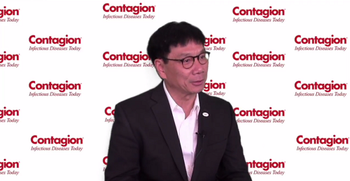
Benjamin Young, MD, PhD, shares how many catalysts for the HIV epidemic exist within cities.

Benjamin Young, MD, PhD, shares how many catalysts for the HIV epidemic exist within cities.
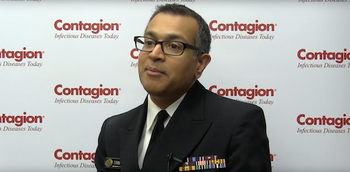
Arjun Srinivasan, MD, explains the risk of surgeries resulting in outbreaks.

Genovefa Papanicolaou, MD, explains in which patient population is CMV most harmful.

Arjun Srinivasan, MD, explains how healthcare officials can keep the patient at the center of outbreak investigations.
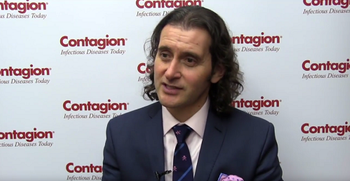
Gonzalo Bearman, MD, MPH, explains when to prescribe antibiotics and suggests to pay attention to the data when it comes to length of treatment.
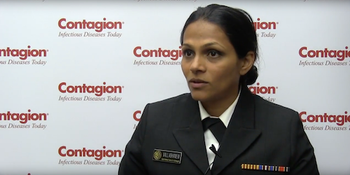
Snigdha Vallabhaneni, MD, MPH, discusses candidemia mortality rates in low- and middle-income versus developed countries.
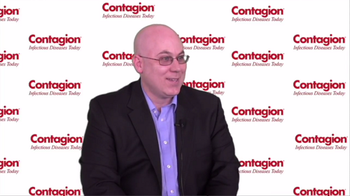
Kirk Hevener, PharmD, PhD, explains the drawbacks of first-line drugs that are currently used to treat C. difficile infections.
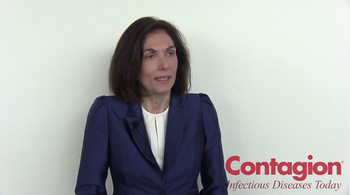
Genovefa Papanicolaou, MD, provides a brief overview of cytomegalovirus.

Thomas File, MD, MSc explains what pleuromutilin antibiotics are and how they work.

Julian Hurdle, PhD explains why some patients experience recurrence of Clostridium difficile after treatment.
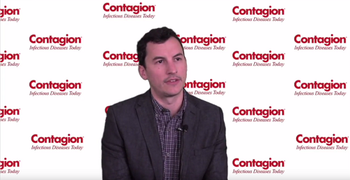
Alan Gross, PharmD, BCPS-AQID, explains how antimicrobial stewardship programs need to be strengthened in long-term care facilities.
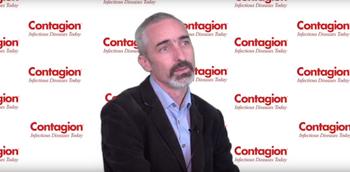
Prof. Josh Davis, MBBS, PhD, discusses the role of combination therapy when it comes to treating invasive Staphylococcus aureus infections.
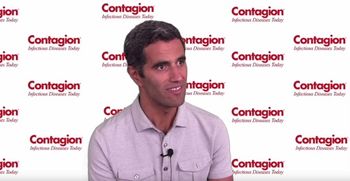
Niaz Banaei, MD, discusses some reasons why healthcare-associated C. difficile tends to be over-diagnosed.
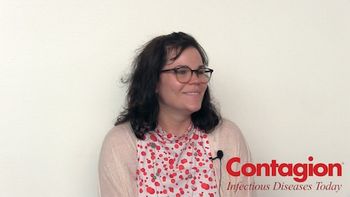
Romney Humphries, PhD, D(ABMM) sat down with Contagion® to discuss the process for receiving clearance on antimicrobial susceptibility tests in the United States.
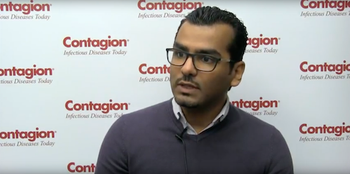
Khalid Eljaaly, PharmD, MS, CAPPS, BCPS, explains why carbapenem antibiotics cause higher rates of C. diff and superinfections.

Jason Gallagher, PharmD, BCPS, FCCP, FIDSA, explains the importance of antimicrobial susceptibility testing.
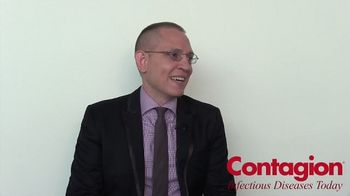
Otto Schwake, PhD, explains what led him to suspect automobile windshield washer fluid as a potential source of transmission for Legionella.
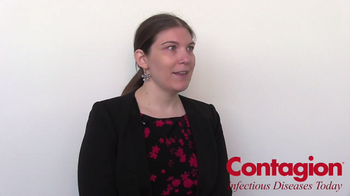
Milena McLaughlin, PharmD, MSc, explains the main causes of antimicrobial shortages.
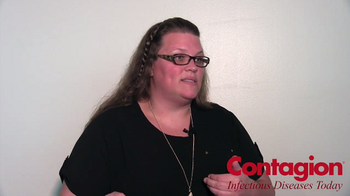
Meghan Jeffres, PharmD, explains why practitioners need to think about the rate of cross-reactivity between antibiotic penicillin and specific cephalosporins.
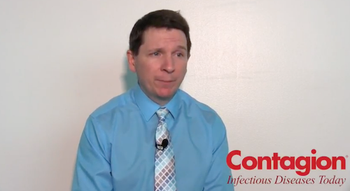
Conan MacDougall, PharmD, discusses how behavioral change interventions can positively impact the antibiotic prescribing environment.
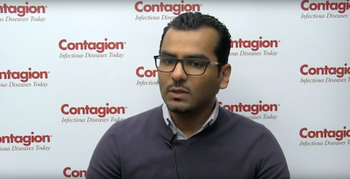
Khalid Eljaaly, PharmD, MS, CAPPS, BCPS, explains his team’s findings on the link between carbapenems and superinfections & Clostridium difficile.

Snigdha Vallabhaneni, MD, MPH, Medical Epidemiologist, Mycotic Diseases Branch at the Centers for Disease Control and Prevention, explains CDC’s recommendations for disinfecting hospital surfaces from Candida auris.

Lauri A. Hicks, DO, discusses keys to reducing antibiotic resistance.
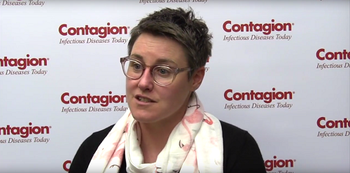
Nicola Thompson, PhD, explains how her research can lead to initiatives that aim to result in a decline in the burden of infections in nursing homes.

Arjun Srinivasan, MD, explains the most important thing that individuals need to know regarding outbreaks.

Patricia Smith, President of the Lyme disease Association Inc., explains what it means that Lyme disease has been incorporated into CDMRP legislation as well as the 21st Century Cures Act.
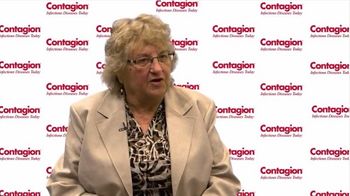
Patricia Smith, President of the Lyme Disease Association, Inc, shares her thoughts on how government acknowledgement of Lyme disease affects patient care.

Patricia Smith, President of the Lyme disease Association Inc., discusses Lyme disease infection prevention.
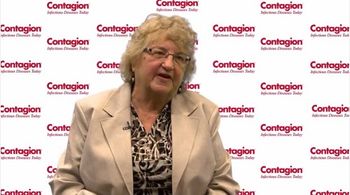
Patricia Smith, President of the Lyme Disease Association, Inc, explains why May is Lyme Disease Awareness Month.
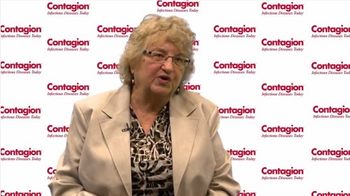
Patricia Smith, President of the Lyme Disease Association, Inc, shares thoughts on the difficulties many patients face in accessing treatment for Lyme disease.